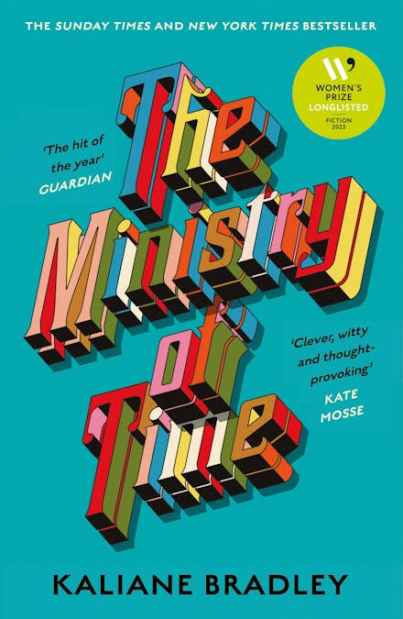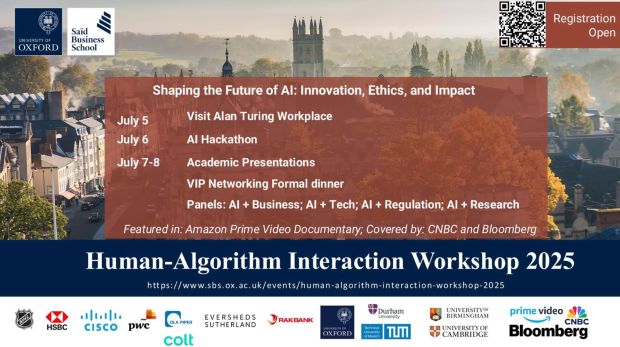From time to time, as one year draws to a close and another approaches, I share some tool or tip that may be useful: the “arrows of time“, value-creating systems, a wider reflection on scenarios as “stories of the future you didn’t see coming“.
This year, I offer just a single question.
Ask yourself: “How will this moment be remembered?”
It seems innocuous, but an honest answer will force you to be brave in confronting your assumptions and beliefs.

It stems from work of mine which was cited in Betty Sue Flowers’ new book, Scenarios: Crafting and using stories of the future to change the present.
There, I wrote that mature foresight work
enables people not to say, “Which future do I think I want, from the limits of my perception and understanding today”, but instead to ask “How would people in each different future judge the decision which I currently think to be so wise?”
This is the true benefit of manufactured hindsight: a kind of epistemic humility in the face of uncertainty, where instead of presuming we know what’s best for times which haven’t arrived yet, we enter into dialogue with potential futures and see beyond the received wisdom which may limit as well as reassure us.
If we simply ask ourselves, as we head into a new year, how this moment will be remembered, it tells us something about our understanding of the here-and-now – but also our beliefs about the future which is ahead of us.
The answers we come up with provide us with assumptions to explore, test, and challenge. What if a different future awaits, perhaps one that will judge us by different values and standards to those we hold today? What if hindsight will teach us a lesson we hadn’t yet imagined?
By exploring this question and different potential answers, we can reach for wisdom, rather than simply pointing at the future we think we want, on the basis of where we stand in the uncertain present.







